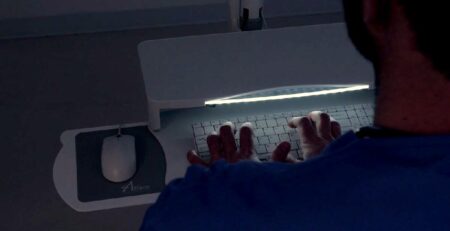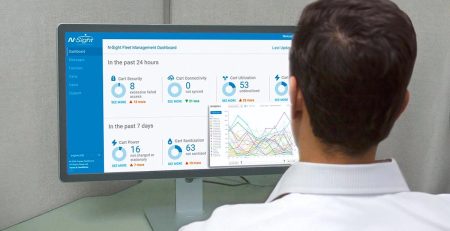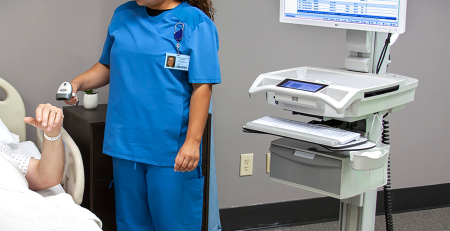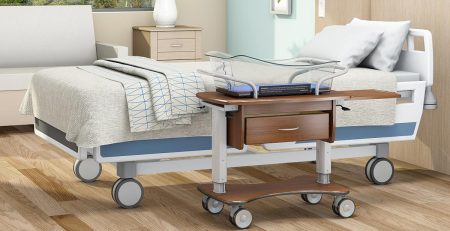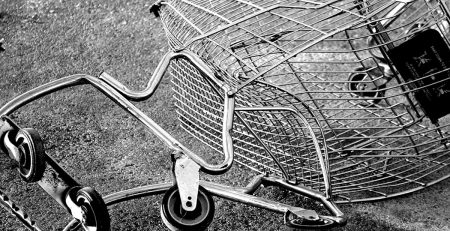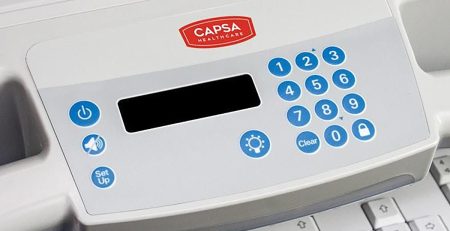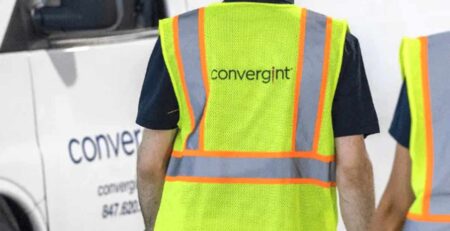Determining Value & Low Cost of Ownership
When you build a home, it might seem tempting to simply accept the lowest bid. It may seem like a good idea in the short term, but what happens in 2, 5, or 10 years? Does that low bid translate into hidden costs like repairs, shortcuts, or replacements? What is your total cost of ownership?
If you choose on the initial price alone, you might be asking:
- Did they cut corners to complete the job?
- Are they committed to quality or just focused on quick work?
- Are they inexperienced?
Let’s dig into why “lowest bidder” is rarely the best long-term decision, especially in the world of healthcare equipment.
The Risks of Choosing the Lowest Bidder
- Compromised quality: Materials or craftsmanship that don’t stand the test of time
- Hidden cost escalation: More repairs, maintenance, or replacements later
- Lack of accountability or support: No backup if things go wrong
- Misaligned incentives: The vendor is more focused on closing deals than lasting relationships
What “Best Value” Really Means
We don’t want to overpay and award work to the highest bidder. So what do we really want?
What we should be seeking is lowest total cost of ownership, not lowest purchase price. That includes:
- Product lifespan
- Reliability & performance
- Service, support, and warranty
- Upgradability and flexibility
Determining the Best Value
How do we determine the best value and lowest long-term cost of ownership?
-
Vendor experience & track record: Do they specialize in your niche? How long have they been in business? Do they have other satisfied customers?
-
Level of Service: Do you communicate well with your sales representative? Are you satisfied with their level of service? Do they offer preventive maintenance, integration services, or on-site support? Do they provide flexibility in customization of products and services?
-
Product Testing: How long has the vendor been providing this product? How long on average do these last before replacement or repair is needed? Can you trial units before commitment?
-
Repairs & Add Ons vs. Replacements: Do they offer modular add on accessories? Are repair parts low cost? What would warrant a full replacement of the product?
- Transparency in Pricing: Are there hidden fees? What are the freight costs? Are there any recurring fees?
How Cost of Ownership Applies to Medical Equipment
Consider computer carts and medical carts. If you pick just the cheapest, you’ll often see:
- Shorter lifespan
- Failures or compatibility issues
- Higher maintenance burden
- Poor vendor responsiveness
At Convergint-Innovative Medical, our approach is different:
- We prioritize proven, best-in-class products
- Pre-sales assistance defining the best product, customizations, and tailored fits for your needs
- Virtual & onsite demonstrations to ensure the solution fits
- Product delivery ownership, coordination, and communication
- If needed, onsite integration with your technology
- Preventative maintenance plans
- Break-fix service both on-site and remote
- Modular upgrades and add-ons to support long-term adaptations
Conclusion & Takeaway
So while the low bidder may appear appealing up front, the risks and long-term costs of ownership often outweigh the savings. When you’re choosing a vendor or product, aim for value — not just a low price tag.
Ask yourself: Is the low bid really giving you what you’ll need down the road?
If you want to dig deeper into evaluating medical equipment in our niche or discussing your specific project, connect with us — we’re happy to help.



